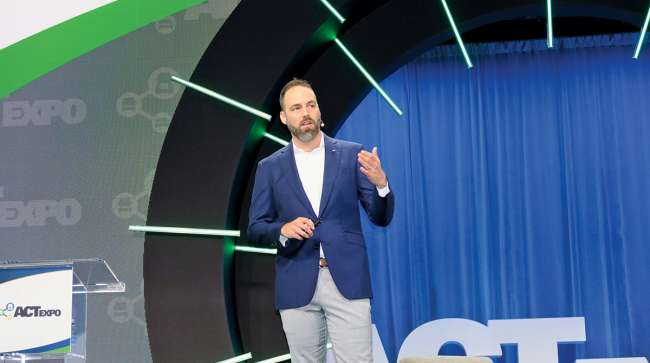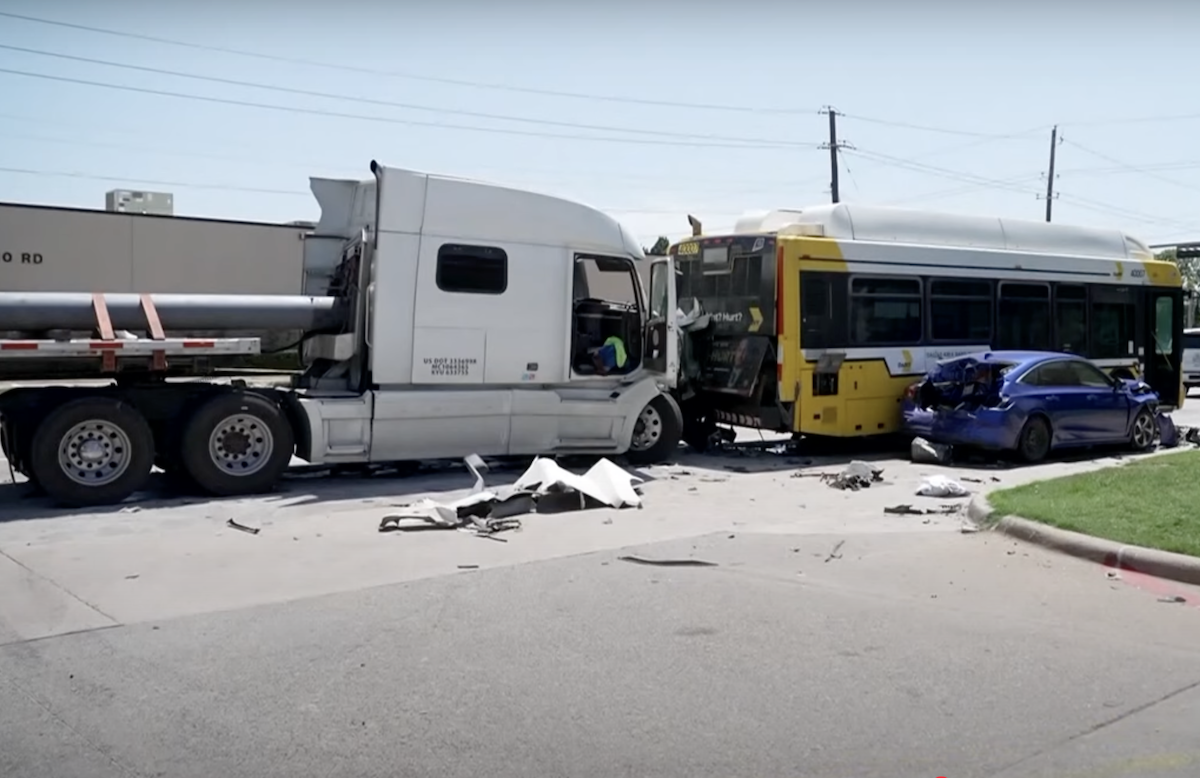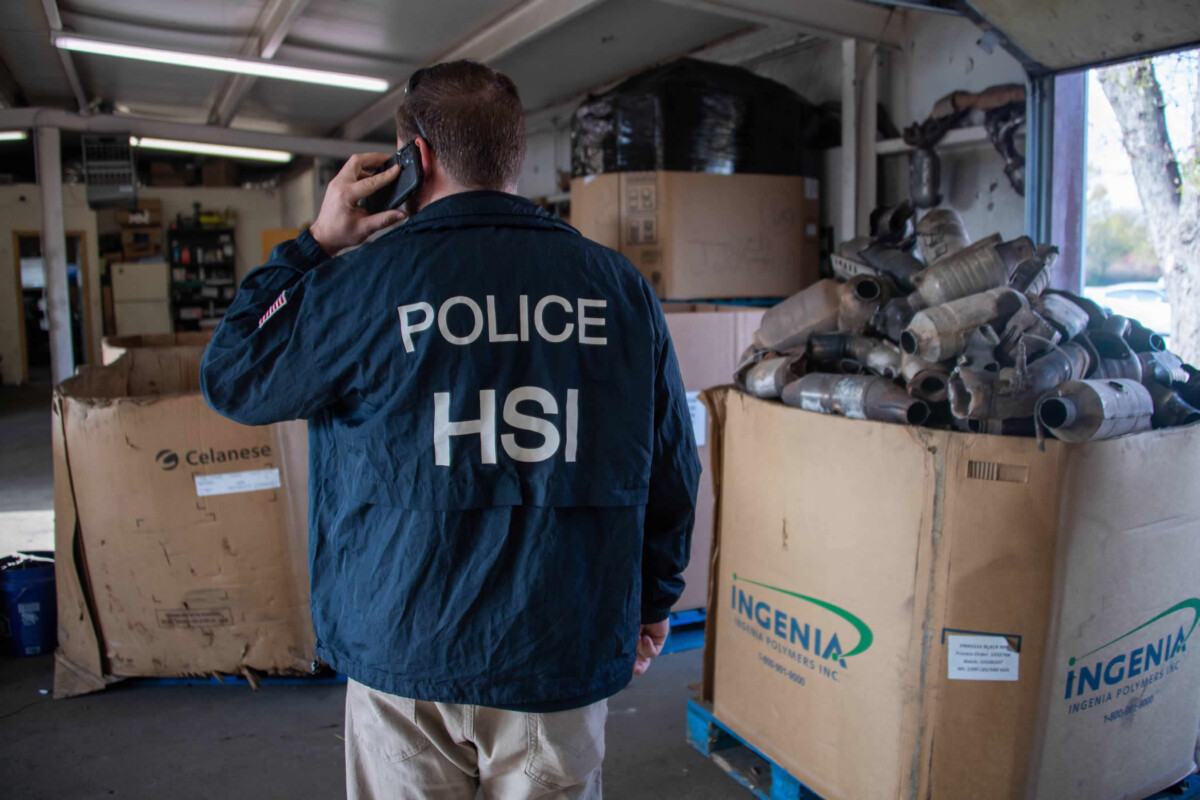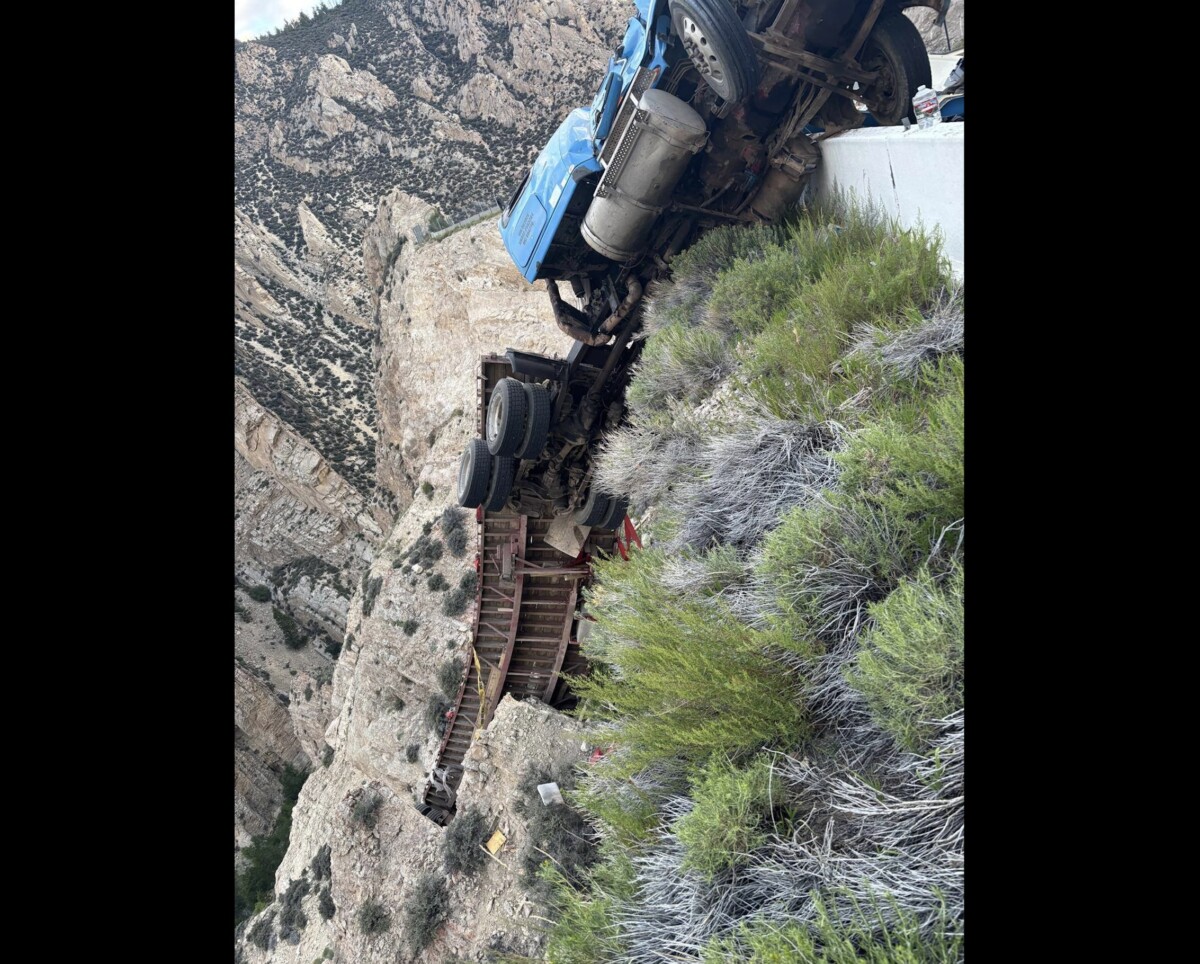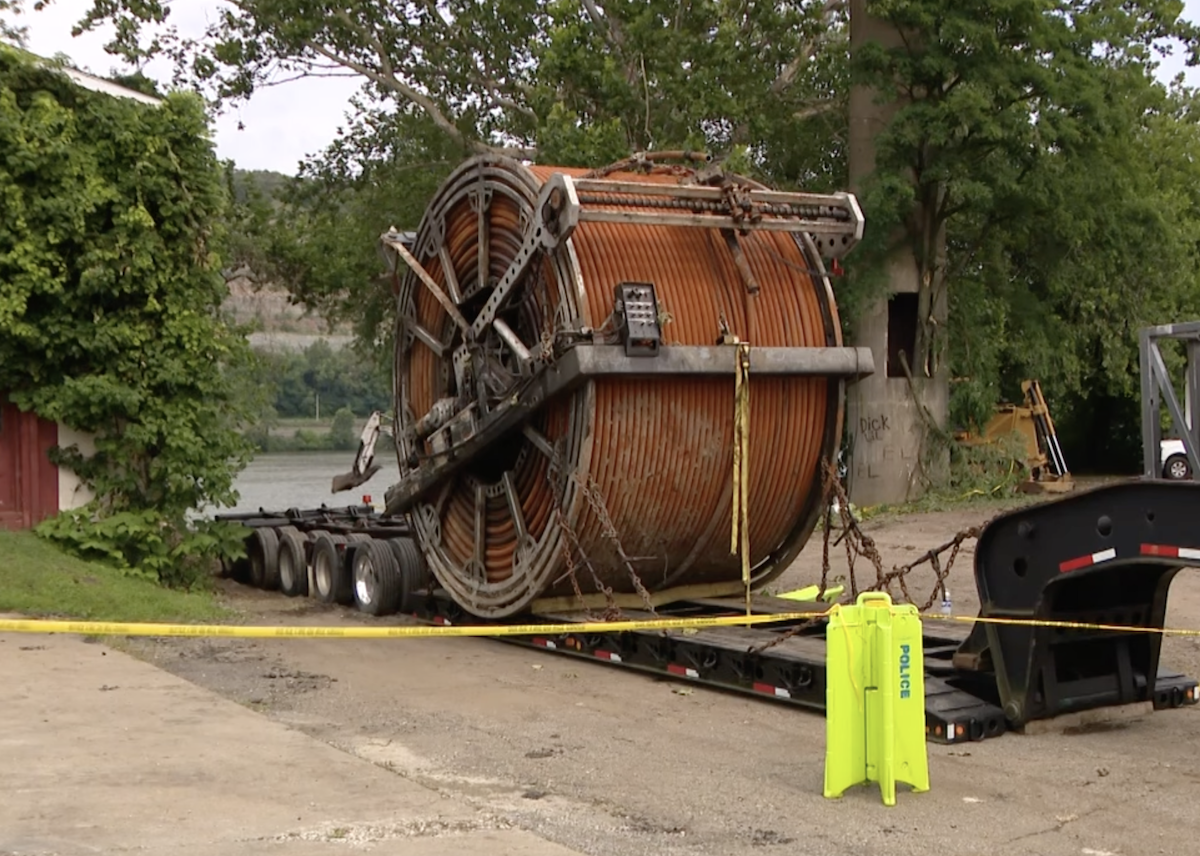Dan Priestley outlines plans to ramp up production of the long-awaited Tesla Semi. (Seth Clevenger/Transport Topics)
ANAHEIM, Calif. — The future of the updated Semi is “bright and electric,” according to Dan Priestley, senior manager of Semis for Tesla.
Priestley presented an update April 29 during the keynote session at the Advanced Clean Transportation Expo and Conference, where he stated that Tesla remains committed to producing the Semi electric truck to full scale in 2026.
“I’m here to tell you that Tesla is charging forward, as so are our incredible customers,” he said. “They understand the long-term value of electrification because the first principles remain true, that electric trucks will offer the lowest total cost of ownership in freight transportation and movement.”
Priestley also noted that the company is building a 1.7 million-square-foot factory in Reno, Nevada, with a capacity of 50,000 units per year, enabling a low-cost product with compelling pricing for customers.
Dan Priestley of Tesla took the stage at #ACTexpo to share new milestones for the Tesla Semi, targeting 50,000 units a year by 2026. Tesla’s public charging network is also expanding to 46 sites by 2027, built alongside truck stops to deliver the lowest-cost energy possible. pic.twitter.com/JRnz2jBnuk
— Advanced Clean Tech News / ACT Expo (@ACTExpo) April 29, 2025
The first Semi units off the production line will go into Tesla’s own logistics operations. The company’s existing Semi fleet has accumulated 7.9 million miles, with 26 vehicles exceeding 100,000 miles in real-world operations.
Priestley also listed the Semi’s product improvements based on customer feedback, which included a new mirror design, a drop glass, and other driver-focused enhancements, as well as a new, more efficient high-voltage battery that maintains the same range while reducing cost and weight.
He announced that Tesla has introduced a 1.2 megawatt charging solution, noting that it is smaller, more flexible and cost-effective than current semi-truck charging options, leveraging the reliability and uptime of the Tesla supercharger network already used for its passenger cars.
“We’ll also be leveraging the charging service team, the same technician, the same parts of the box, the same sort of procedure, to maintain these pieces of equipment that currently maintain our supercharger network,” Priestley said, while boosting its 99.95% reliability rate. “That’s the experience we want to break over to the heavy-duty side.”
Priestley also noted that the vehicle maker is making a major public investment in a dedicated, publicly available charging network for semi-trucks, with 46 sites already in progress representing more than 300 megawatt-capable posts, in addition to supporting private charging solutions for customers.
As he made his final pitch to conference attendees, Priestley said that Tesla’s network will enable operations with low-cost, reliable and available chargers.
“The next year will be very exciting,” he said. “We want you to come talk to us. We need partners in the long term with us. Come collaborate with our business development team, so we can help provide a solution for you.”

